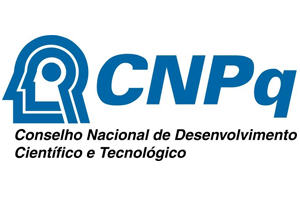Rasha Murad Jasim
Department of Microbiology/College of Science / Tikrit University/Iraq
Marwa Hasan Abdul-wahab, Ph. D
Department of Microbiology/College of Science / Tikrit University/Iraq
ABSTRACT
This study aims to isolate and identify Some of the Gram-positive and Gram-negative bacterial species from different infections. And a study of the effect of Saccharomyces cerevisiae at different temperatures on the isolated species. The study was conducted on 100 samples of patients, suffering from tonsillitis, urinary tract infections, and wound infections. For both sexes and different age groups ranging from 10 years to 70 years.16 isolates of Staph.aureus , 2 isolates of Staph.epidermidis ,4 isolates of Staph.Saprophticus and 32 isolates of S.pyogenes bacteria were obtained from Gram-positive bacterial isolates. As for Gram-negative bacterial isolates ,16 isolates of E.Coli , 6 isolates of K.Pneumoniae and 4 isolates of P.aeruginosa were obtained. These isolates were diagnosed based on the phenotypic characteristics of the colonies when grown in differential and optional culture media, and on microscopic characteristics, as well as biochemical tests to confirm the diagnosis of the isolates and differentiate between them. The selected isolates were subjected to a sensitivity test against 5 antibiotics, and these results were determined by describing the bacteria as resistant or sensitive. The dry yeast Saccharomyces cerevisiae imported from different origins and available in the local markets was used. Which included both isolate Y of Turkish origin, isolate G from the United States, isolate C2 of Chinese origin, and isolate S of French origin, the genus and type of yeast were ascertained based on the morphological and cultural characteristics and the biochemical tests. Yeast cells of Saccharomyces cerevisiae were used directly against Gram positive and negative bacteria using the well diffusion method and incubated under different temperatures (20, 30, 37). The results showed that was the best temperature that stimulates the ability of yeasts to produce deadly toxins that inhibit the growth of bacteria is the temperature of 30 °C compared to their development at temperatures of 37 ° C and 20 °C. The isolate S gave the highest inhibition rate at 30 °C against S.pyogenes compared to the rest of the bacterial species , with inhibition diameters of 10.5 mm. Whereas the isolate Y gave the highest rate of inhibition for Staph.aureus, Staph.epidermidis, and P.aeruginosa bacteria , with an inhibition diameter of (10.5 mm), ( 8.5 mm), and (10.5 mm), respectively, compared to the rest of the isolates, While isolate (S) gave the highest rate of inhibition for E.Coli (10.5mm) and isolates (C2,Y) gave (8.5 and 8.5 mm) for Staph.saprophyticus bacteria.As for isolate G, it gave a slight inhibitory effect on all bacterial isolates compared to the rest of the isolates.
Keywords: Saccharomyces cerevisiae, Wound infection, Tonsillitis, Urinary tract infection.




